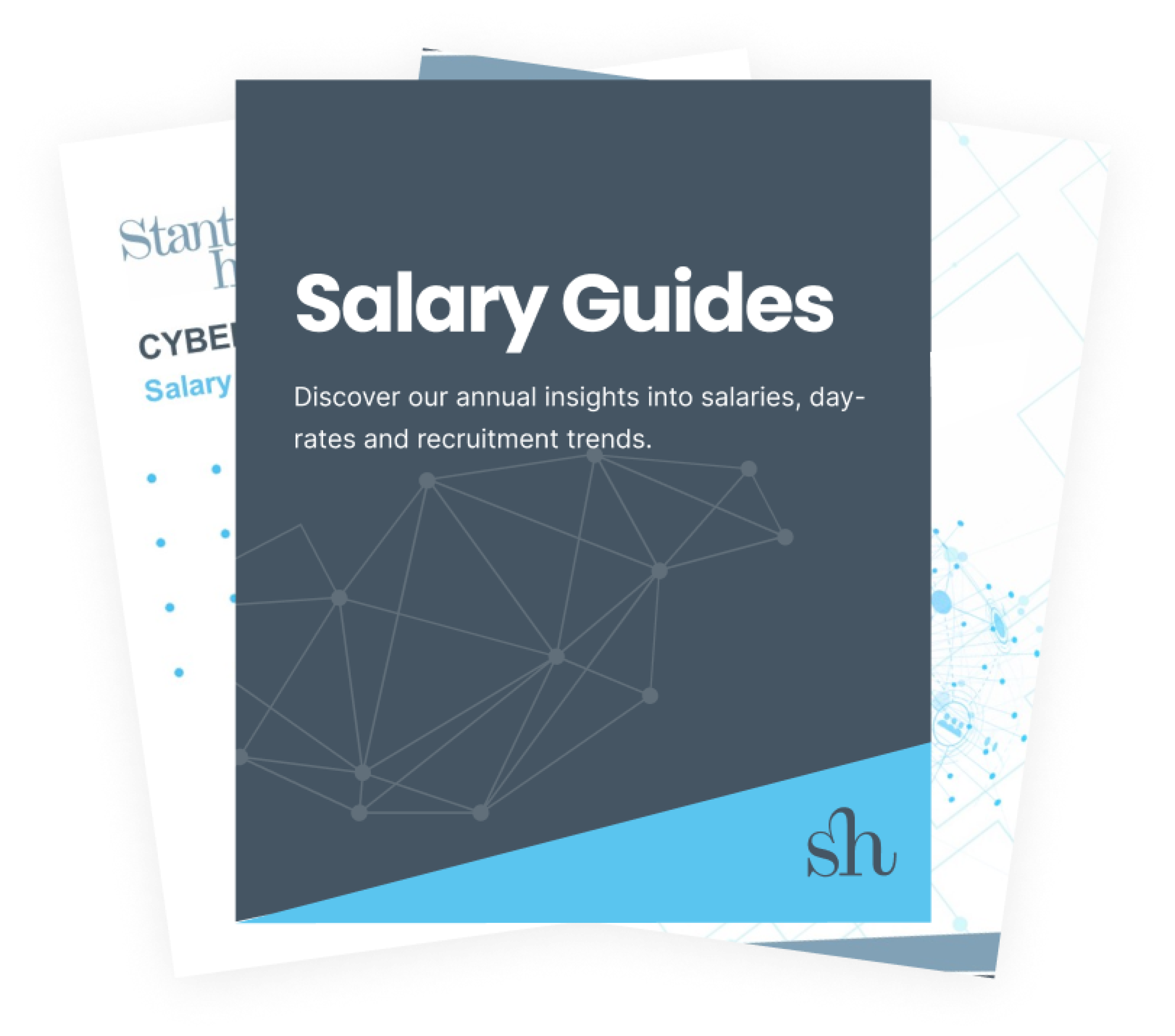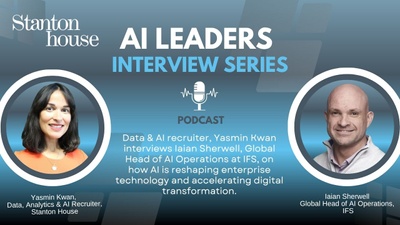
The Future of FP&A: Why Finance Leaders Must Embrace AI, Agility & Business Partnering
It’s an exciting – and somewhat daunting – time to work in FP&A.
Financial Planning & Analysis has always played a critical role in shaping business strategy, but as we head deeper into 2025, the expectations for FP&A professionals are rapidly evolving. No longer just the team that “closes the books” or builds annual budgets, today’s FP&A is becoming a hub for real-time decision-making, AI-enabled forecasting, and cross-functional collaboration.
As someone who speaks to finance professionals every day – from entry-level analysts to seasoned CFOs – I’m seeing a clear shift in how organisations are building and empowering their FP&A teams. The message is consistent: you can’t succeed in tomorrow’s finance function using yesterday’s tools or mindsets.
So, what exactly is changing? And how can professionals keep pace?
From Static Reporting to Real-Time Insight
Historically, FP&A was backward-looking, with reports on what happened last month or quarter and a static annual budget. But in today’s volatile economic landscape, real-time agility is everything. Business leaders want forecasting that’s fast, flexible, and future-focused.
That’s where rolling forecasts and dynamic modelling come in. Tools like Anaplan, Power BI, and Workday Adaptive Planning are helping finance teams build real-time visibility into performance and pivot faster when the market changes.
But the tech only goes so far. The real value comes from professionals who know how to ask the right questions and turn data into strategic insight.
AI Isn’t the Threat – It’s the Opportunity
Let’s be honest – AI can feel intimidating. But the truth is, it's not here to replace FP&A professionals. It’s here to augment them.
Think about tasks like data consolidation, scenario modelling, and variance analysis. These are time-consuming, repetitive, and prone to error. AI and automation can streamline these processes, freeing up analysts to focus on higher-value work – things like partnering with the business or challenging assumptions in a forecast.
In fact, some of the most in-demand FP&A professionals today are those who combine digital fluency with soft skills – curiosity, adaptability, and the ability to communicate financial insight to non-financial stakeholders.
Business Partnering Is No Longer Optional
One of the biggest shifts we’re seeing in the FP&A space is the expectation that finance becomes a true strategic partner to the business.
That means more than just producing reports. It means sitting at the table with department heads, helping them understand the numbers, and shaping decisions that drive growth and efficiency.
If you’re an FP&A professional looking to future-proof your career, these are the skills to develop:
- Storytelling with data
- Stakeholder management
- Commercial acumen
- Scenario thinking
As companies flatten hierarchies and drive more cross-functional collaboration, these business partnering skills are becoming non-negotiable.
What This Means for Hiring
At Stanton House, we’ve seen a noticeable change in the way CFOs hire FP&A talent. More and more, clients are telling us they want people who are:
- Comfortable with ambiguity
- Able to build and scale models, not just use them
- Proactive, not reactive
- Eager to challenge the status quo
While technical experience is still important, what’s standing out more and more is mindset. Candidates who show learning agility, digital curiosity, and an appetite for collaboration are rising to the top of shortlists – regardless of whether they’ve worked in a blue-chip or a start-up.
Final Thoughts: The Future Belongs to the Agile
The world of finance is changing fast, and FP&A is right at the centre of that transformation. Whether it’s harnessing AI to deliver sharper insights, shifting from static reports to rolling forecasts, or building closer relationships with the business, agility is key.
My advice? Don’t wait for the next big shift to happen. Start investing in your own development now. Explore new tools. Learn the language of data. Build relationships outside of finance.
And if you’re hiring FP&A talent or exploring your next move, I’d love to talk.
Download your copy of our 2025 Accountancy & Finance or Data, Analytics & AI Salary Guide to see the latest trends in hiring, salaries, and skills across the industry.


















